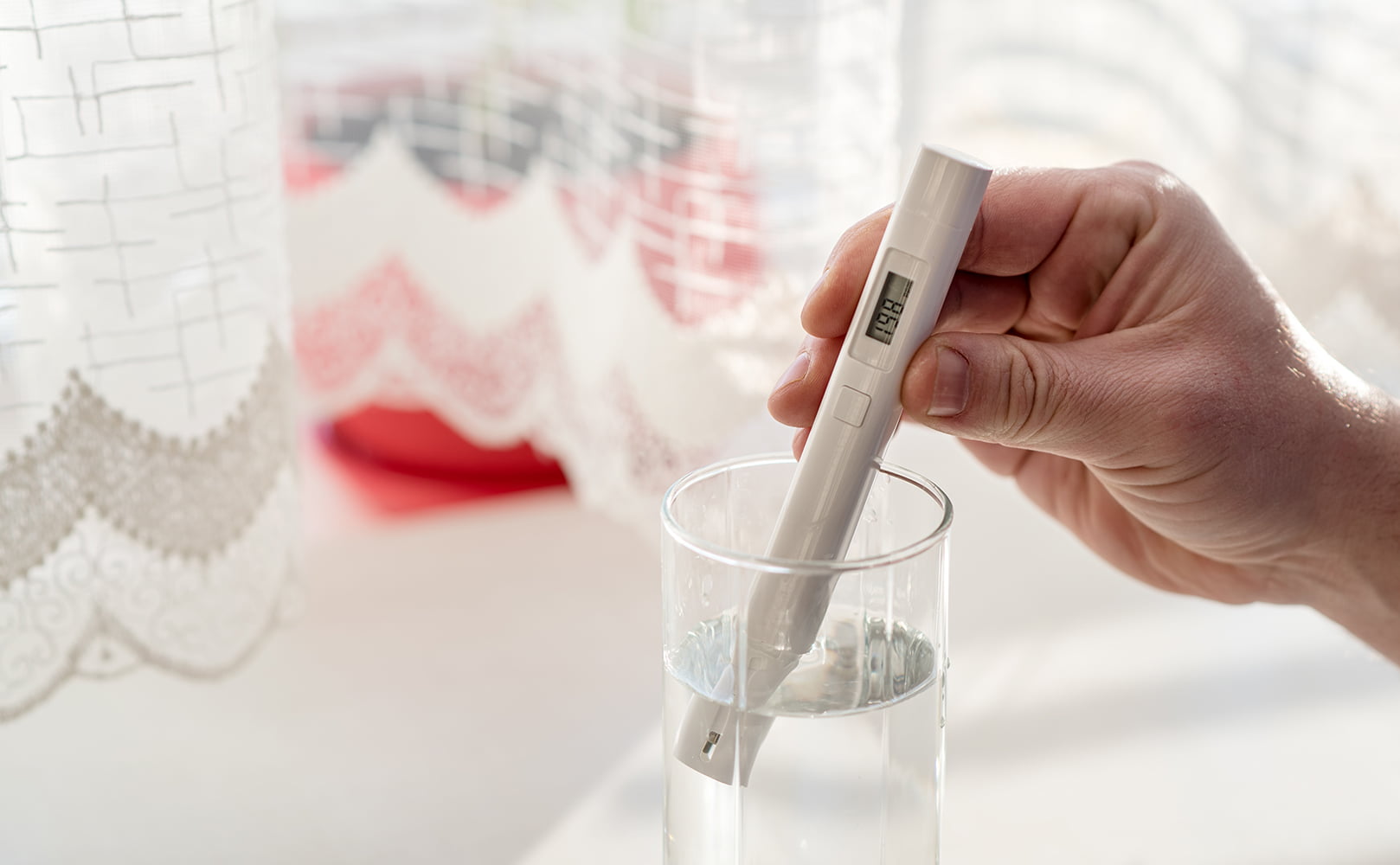RO TDS Limit – How Much TDS Is Too Much for Your RO System?
Written by: Gene Fitzgerald // Last Updated: Aug 7, 2023
This page may contain affiliate links. If you buy a product or service through such a link we earn a commission at no extra cost to you. Learn more.
Understanding the relationship between TDS levels and the performance of a reverse osmosis system is important if you want to get the most out of your filtration setup.
Reverse osmosis generally has a very good TDS rejection rate, but any system also has its limitations – sometimes feed water TDS levels are simply too high to handle.
Let’s take a look at some examples and discuss how you can determine the TDS limit of your RO system.
Key Takeaways
- Different reverse osmosis systems have different TDS limits. Anything between 500 and 2,000 ppm is possible.
RO TDS Limit – How Much TDS Is Too Much for Your RO System?
So, what’s the RO TDS limit of your filtration setup?
Well, it depends mainly on the components used in your RO system. Some units are capable of supporting higher TDS levels, sometimes up to 2,000 ppm, like the Ultimate Series by APEC. The AquaTru countertop reverse osmosis system can handle up to 1,500 ppm.
In other cases, the limit is much lower. For example, if you’re using the SimPure Y7P-BW, your feed water TDS levels should not exceed 500 ppm. Likewise, if you’ve got an iSpring model, it’s advisable to keep the TDS level below 750 ppm.
This doesn’t mean that you always need to go for the model with the highest supported TDS levels though. It’s rare that you’d find TDS levels in your water supply that are such high, and in most cases, something more around the middle is going to work just fine.
Still, you want to consider measuring the TDS levels of your feedwater before investing in a reverse osmosis system to ensure that you’re getting the best model available for your needs.
RO TDS Limit – Real Life Examples
Here are some real life examples of RO TDS limits:
| Reverse Osmosis System | Max TDS Levels |
|---|---|
| AquaTru Countertop RO System | 1,500 ppm |
| APEC Ultimate Series Reverse Osmosis Systems | 2,000 ppm |
| iSpring Reverse Osmosis Water Filtration Systems | 750 ppm |
| Pentair PRO-RO 6-Stage Reverse Osmosis System | 2,000 ppm |
| Aquasana OptimH2O Reverse Osmosis System | 1,000 ppm |
| Home Master Reverse Osmosis Systems | 1,500 ppm |
| SimPure Y7P-BW Countertop RO System | 500 ppm |
What Are TDS Levels in Water?
TDS stands for Total Dissolved Solids, and it measures exactly what the name implies – the concentration of dissolved solids in your water. Note that this is not a general measurement for contamination, as many contaminants will not be caught by these measurements, while many healthy impurities will.
How Do You Measure TDS?
Measuring the TDS levels of your water can be easily done with a portable TDS meter. You just need to take a sample of water, swirl it around a little bit to ensure there are no bubbles, and submerge the TDS meter up to the indicated level to get a reading.
Ideal TDS Levels in Drinking Water
If you want your drinking water to be as pure as possible, you should aim to bring its TDS down to below 300 ppm. Reverse osmosis systems do a great job at this, as they can easily reduce TDS levels to as little as 10-50 ppm. Between 300 ppm and 600 ppm is still acceptable, though it starts to border on unpleasant levels.
If you have any questions about RO TDS limit please don’t hesitate to leave a comment below!
Information provided on BOS is for educational purposes only. The products and services we review may not be right for your individual circumstances.
We adhere to strict editorial guidelines. Rest assured, the opinions expressed have not been provided, reviewed, or otherwise endorsed by our partners – they are unbiased, independent, and the author’s alone. Our licensed experts fact-check all content for accuracy. It is accurate as of the date posted and to the best of our knowledge.


